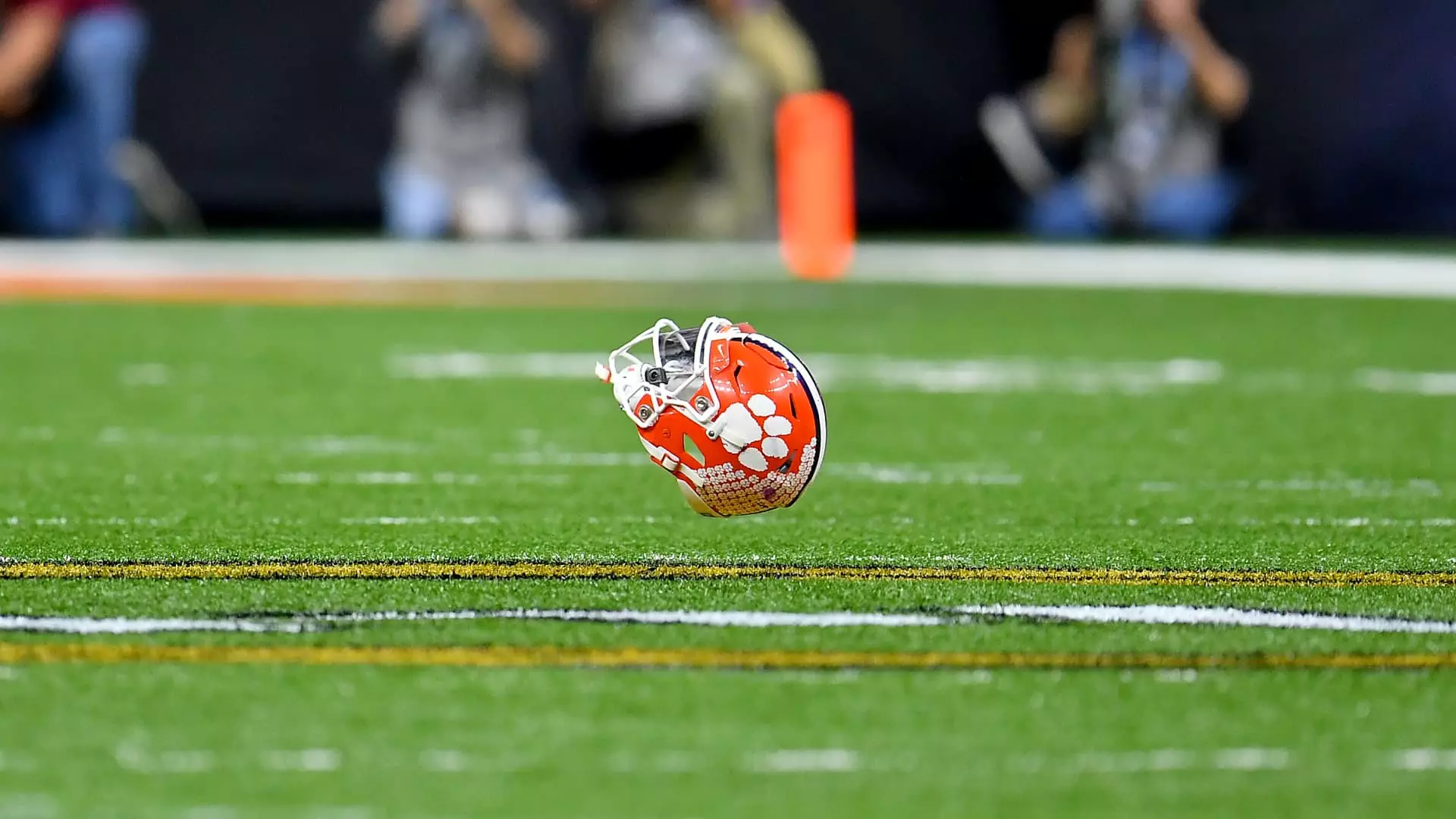The media landscape has witnessed a seismic shift in recent years, particularly with the rise of streaming platforms and changing consumer behaviors. A striking instance of this evolution was the recent standoff between DirecTV and Disney, which garnered significant attention as it unfolded. After a two-week blackout that affected over 11 million DirecTV customers, the two companies have reached a new agreement that not only restores access to Disney’s vast content library but also reinvigorates discussions on the future of media distribution.
The blackout, which lasted from September 1 until a resolution was announced on a subsequent Saturday, did not merely affect basketball and football fans looking to tune in to their favorite teams; it also highlighted the essential role that live sports play in media agreements. With critical events like the U.S. Open and the opening of “Monday Night Football” being thrust into limbo, both companies bore witness to the backlash from unsatisfied customers who felt deprived of staple content. DirecTV’s call for genre-specific bundles and streamlined pricing options came amid mounting frustration from consumers, as they were left scrambling for alternatives in this era of diverse media choices.
From the onset, the conflict was not just about monetary terms but also about how these two media giants perceive value. DirecTV accused Disney of being anti-consumer, while Disney insisted their pricing reflected the true value of their networks. This clash underscored an essential lesson: in the evolving media landscape, consumer preferences must inform business negotiations. The backlash was costly, with many customers temporarily abandoning DirecTV, while businesses relying on their services, particularly bars and restaurants, were also left on shaky ground.
The resolution that finally emerged represents not just a return to normalcy but an innovative shift in the landscape of media delivery. DirecTV and Disney announced they had agreed upon “market-based terms,” paving the way for DirecTV to offer more tailored packages that cater to various demographics, including sports lovers, families, and entertainment enthusiasts. Importantly, this deal includes a la carte options for Disney’s streaming services such as Disney+, Hulu, and ESPN+, which adds an exciting layer of flexibility for consumers.
Moreover, the agreement also secures the rights for DirecTV to distribute Disney’s anticipated flagship direct-to-consumer streaming service, set to be unveiled in 2025, without any additional cost to subscribers. This arrangement appears to echo a prior agreement between Charter and Disney, where similar objectives were pursued. The collaboration showcases the shift towards a consumer-centric approach in an age increasingly defined by viewers’ desire for customizable content.
While the conclusion of this standoff is welcomed, the extent of distrust fomented between the companies during the negotiations cannot be ignored. Both DirecTV and Disney exchanged accusations throughout the blackout period, igniting discussions about the integrity of media negotiations. One notable point of contention was whether Disney’s proposal to provide ABC coverage of the presidential debates would have benefited the consumer or simply served as a PR strategy—illustrating how interested parties often resist giving an inch while negotiating critical terms.
DirecTV’s chief marketing officer, Vince Torres, noted that customer retention was impacted significantly during the blackout. This suggests that the advantages of restoring the partnership need to be considered alongside the long-term ramifications on brand loyalty and customer perception. The conflict, although resolved, still resonates within public consciousness, leaving questions about the future dynamics between pay-TV providers and major content distributors.
As the media landscape evolves, this incident could serve as a cautionary tale for other streaming and cable providers. The rise of streaming services has fundamentally shifted consumer expectations about content access and pricing. DirecTV has responded to these pressures by rebranding itself beyond satellite television, emphasizing its capabilities as a comprehensive streaming provider. This indicates an understanding that today’s consumers value flexibility and personalization in their viewing experiences more than ever.
The broader implications of the negotiations between DirecTV and Disney extend well beyond the immediate outcome. With ongoing discussions around antitrust concerns and how companies engage in negotiations, the industry remains at a critical juncture. The shift towards a more customer-centric model is undoubtedly emerging, driven by awareness of the changing media consumption landscape. It will be crucial for companies to adapt quickly or risk losing relevance in an increasingly competitive environment.
The fallout and eventual resolution between DirecTV and Disney mark a significant chapter in the ongoing transformation of media delivery. As both entities navigate the complexities of the modern entertainment landscape, their ability to foster collaborative partnerships while prioritizing consumer experience will dictate their success in the future.

